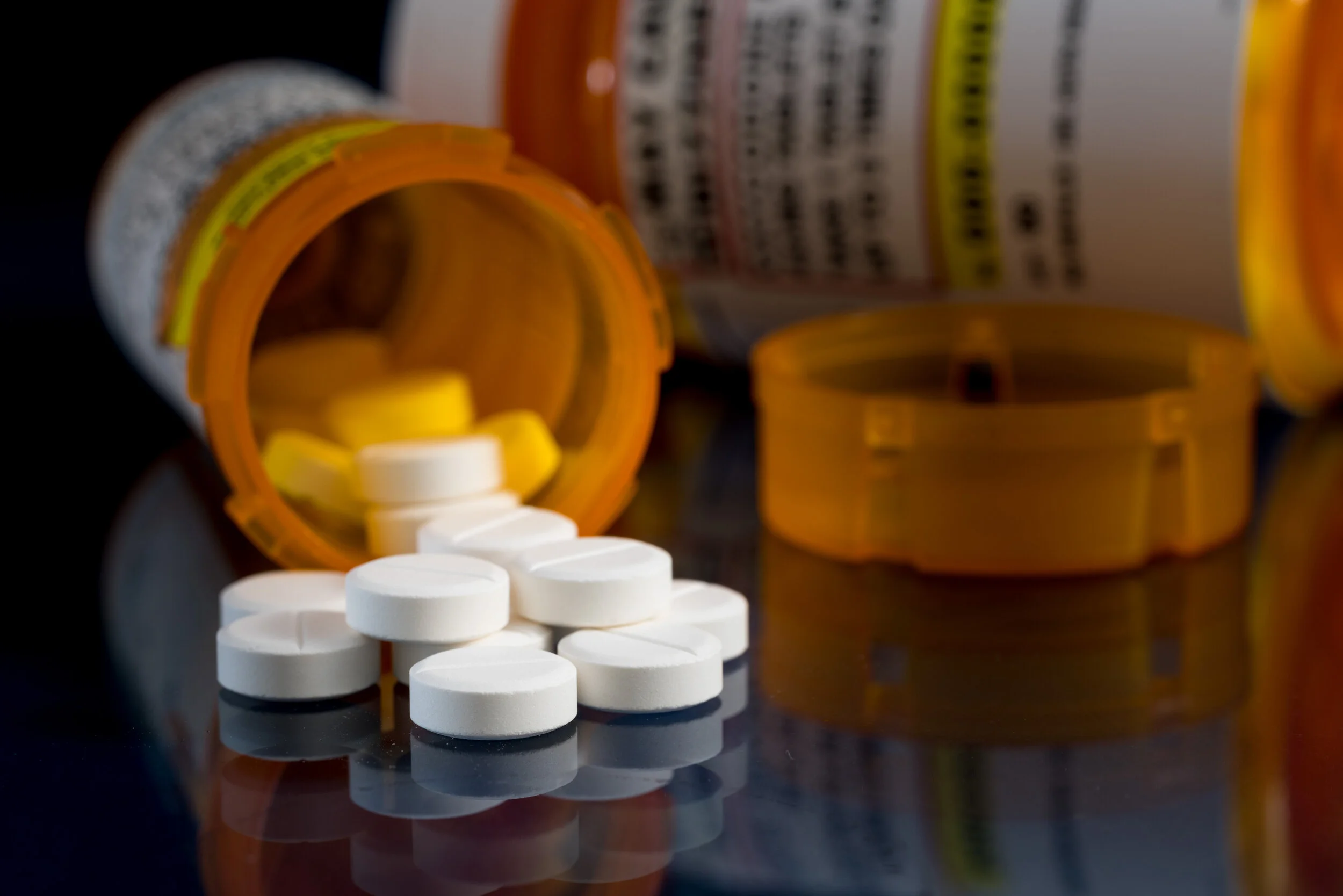The opioid epidemic in the United States has claimed the lives of over 500,000 people since 2000. But for those who depend on opioid use for long-term pain management, there is a new call for alarm. Recent research shows a concerning connection between opioid use and a variety of sleep-related breathing disorders, including obstructive sleep apnea.
Read MoreUnderstanding the link between obstructive sleep apnea and Alzheimer’s disease begins with understanding the role sleep plays in our cognitive health. Years of studies have confirmed that the brain, once thought to be passive during sleep, is actually very active and dependent on sleep to carry out important functions. Comparing the characteristics of obstructive sleep apnea and Alzheimer’s disease and their connection to impaired sleep further substantiates what researchers are continuing to discover; that there is a definite correlation between these diseases.
Read MoreRecently, Bill of the Month, a crowdsourced investigation of noteworthy medical bills, featured the story of Jose Mendoza, a 61-year-old truck driver who suffered from high blood pressure and obstructive sleep apnea. Mr. Mendoza was diagnosed with OSA 15 years earlier and prescribed a continuous positive airway (CPAP) device to help with his condition. But after about a month, Mr. Mendoza stopped using his equipment because he found it noisy and uncomfortable.
Read MoreThe escalating prevalence of sleep-related conditions such as sleep apnea, with its severe co-morbidities, has elevated sleep medicine to greater significance as an emergent medical practice area. BetterNight offers a complimentary end-to-end sleep care management solution that alleviates the financial and operational burden, helping health systems reach their business goals.
Read MoreThe American Association of Sleep Medicine estimates that untreated sleep apnea costs $30 billion annually in increased healthcare utilization and medical costs associated with these comorbidities. Treating Obstructive Sleep Apnea not only improves health but also reduces the economic burden put on our healthcare system.
Read MoreIt is estimated that over 900 million people worldwide suffer from Obstructive Sleep Apnea, more than 10 times the previous estimate, according to data presented by ResMed. Often overlooked is that Obstructive Sleep Apnea has chronic comorbidities, including cardiovascular disease, diabetes, and hypertension.
Read MoreThe trucking industry plays a critical role in the US economy, providing a vital link between manufacturers and consumers. According to the American Trucking Association (ATA), there are approximately 3.6 million professional truck drivers in the United States, making driving a truck one of the nation's largest occupations.
Read MoreHeart disease is the leading cause of death in the United States, and the latest statistics are quite sobering. According to The Centers for Disease Control and Prevention, one person dies every 36 seconds from cardiovascular disease.
Read MoreArtificial Intelligence (AI) is one of the most prevalent and transformative technologies available today. In addition to its visibility in the tech sector, AI has been strategically integrated across businesses as diverse as Netflix, Spotify, The New Yorker Magazine and the BBC World News.
Read MorePatients who suffer from sleep disorders such as sleep apnea and insomnia are more likely to suffer from other chronic diseases, including diabetes, cardiovascular disease, hypertension, obesity, and depression.
Read MoreDaylight Saving Time will be ending on November 1, 2020, at 2:00 a.m., at which point we will turn our clocks back one hour. While this is often referred to as “falling back,” the idea that you are “gaining” an hour of sleep is really a fallacy.
Read MoreBy integrated home sleep testing and apnea care management Sharp Community Medical Group (SCMG) has reduced high-cost utilization by over 90% during the past decade. Learn how your ACO can find meaningful savings by integrating a virtual sleep management program.
Read MoreAlong with a healthy diet and exercise, consistent restful sleep is considered the third pillar of good health. The link between sleep deprivation and various chronic physical illnesses, including heart disease, obesity, diabetes, hypertension, and cancer, has been well-researched and documented.
Read MoreThere are over 2 million first responders in the United States, including 1.16 million firefighters, 900,000 law enforcement officers, and 248,000 emergency medical technicians. These heroic workers are the first on the scene for emergencies ranging from fires and explosions to traffic accidents.
Read MoreAmerican adults (or 20% of the population) who suffer from sleep apnea, yet 80% go undiagnosed. Sleep Review Magazine reported that compliance, defined as using a CPAP device as prescribed, can be as low as 29%. Compliance is critical, not only to physicians following their patient's treatment plan but also to insurers who look at usage data and to employers of those who drive or fly for a living.
Read MoreVery few people receive formal education about the nature of sleep, so our understanding of sleep tends to be an unreliable mix of information we may have read in magazines, heard from friends, or developed on our own based off personal experiences.
Read MoreGrowth in the U.S. Durable Medical Equipment (DME) industry is being fueled by the aging population, the increasing prevalence of chronic illnesses, and new advances in technology. According to Business Wire, the DME market is forecasted to reach $291 billion by 2027, from its 2018 value of $170 billion.
Read MoreYou spend about one-third of your life asleep, but what does this really mean? Most of us are clueless about what happens during shut-eye, but it’s not the passive, do-nothing state you might imagine it to be. Sleep is a highly complex biological process that is necessary for your survival.
Read More

















